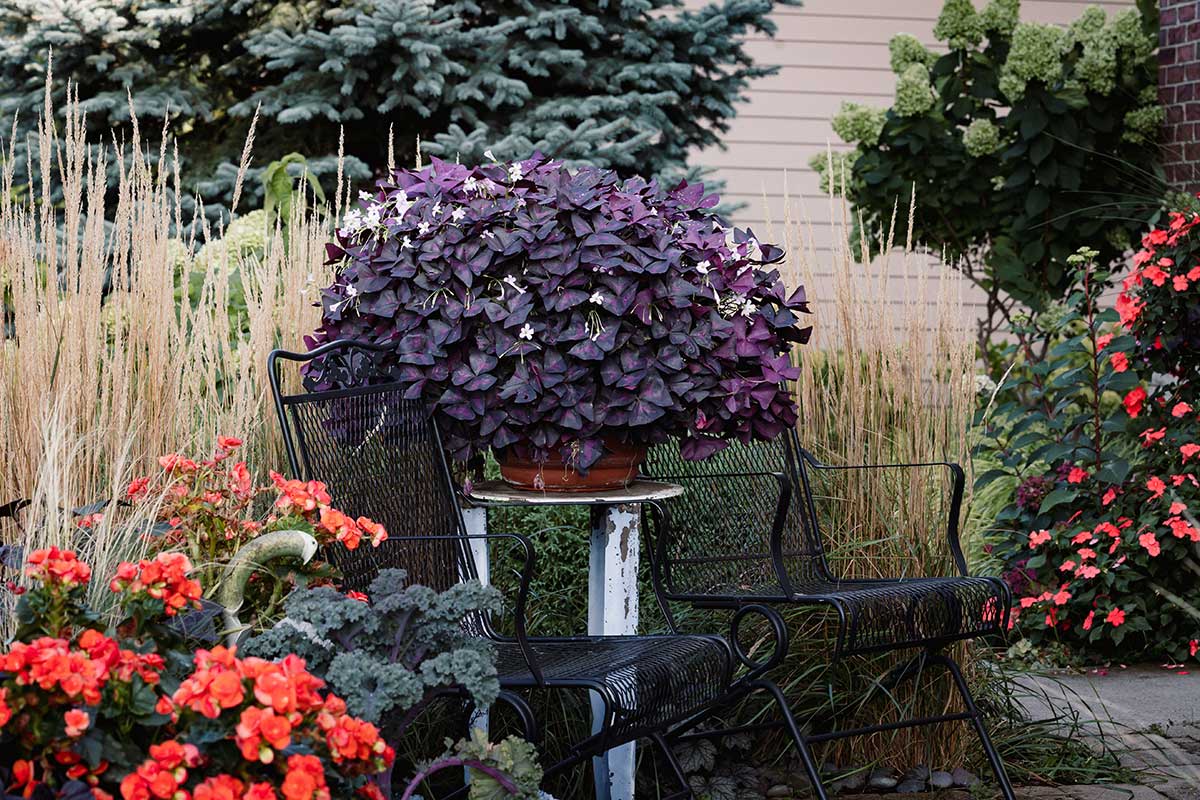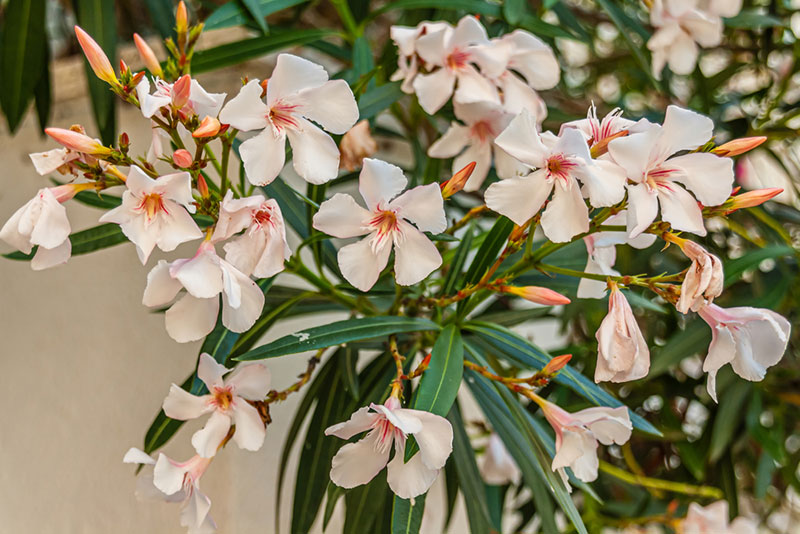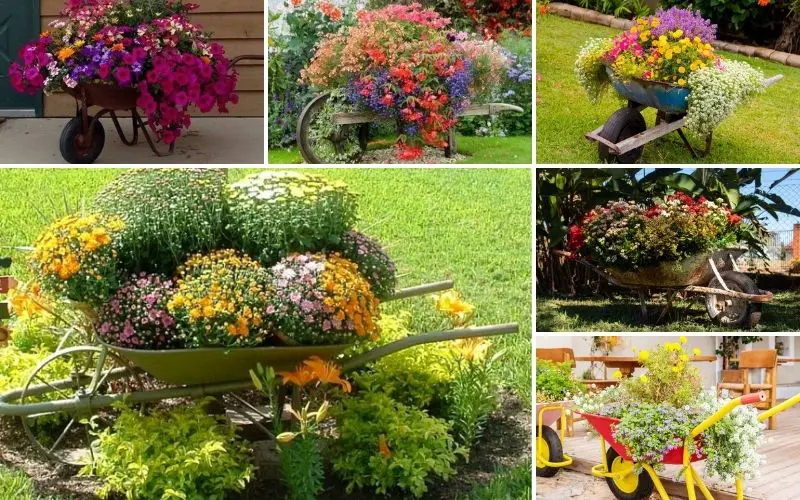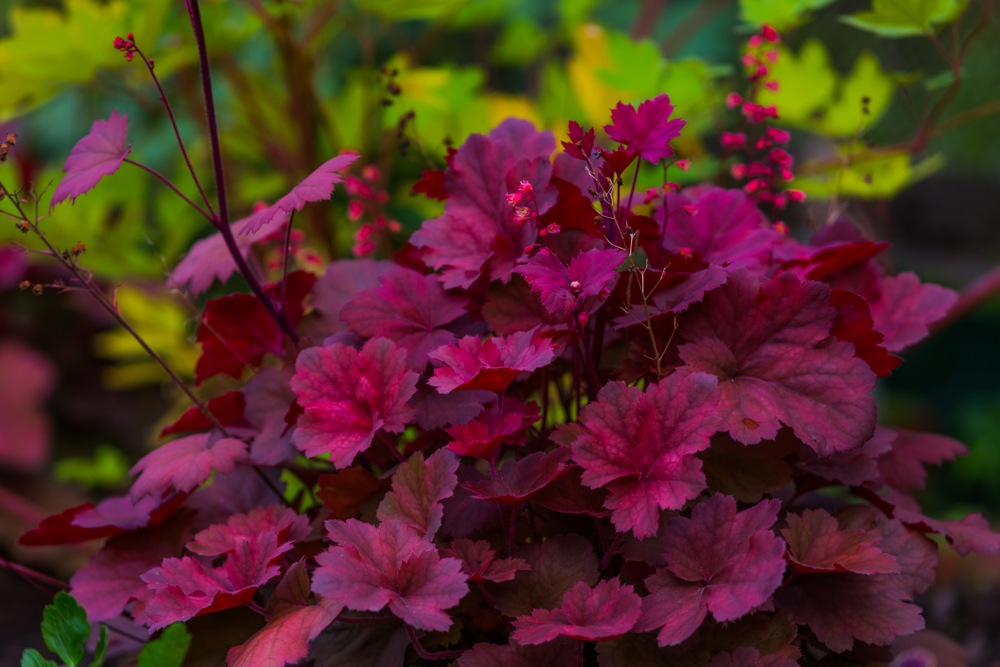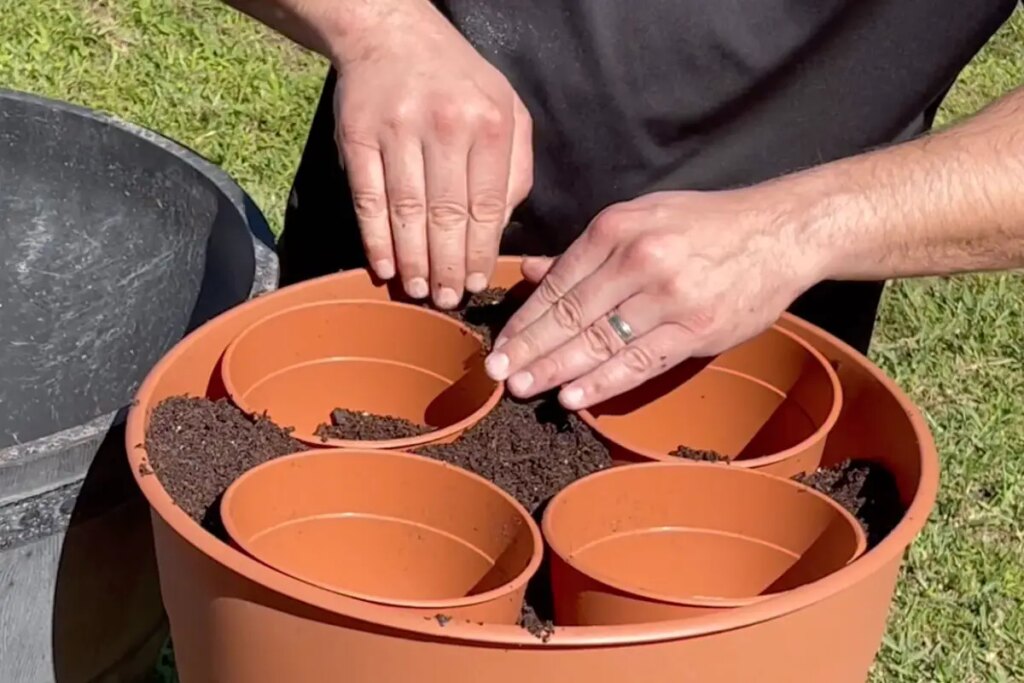
Gardening offers a delightful palette of colors, textures, and fragrances to engage our senses.
Among the stars of the garden, mums, with their burst of autumnal hues, hold a special place in many gardeners’ hearts.
While these vibrant blooms are often associated with garden beds, there’s a growing trend of nurturing them in containers.
Cultivating mums in pots presents its own set of challenges and rewards, offering versatility in placement and the joy of mobility.
Tips for Growing Mums in Pots
- Choose the Right Pot: Ensure your pot has adequate drainage holes. Mums don’t like to be waterlogged. The pot should also be large enough to accommodate the plant’s growth.
- Hardy Varieties: Opt for garden mums as opposed to the decorative types often sold in the fall. Garden mums are generally more perennial in nature.
- Potting Mix: Use a high-quality potting mix that provides good drainage. You might consider a mix specifically designed for container plants.
- Optimal Sunlight: Place your container where it will receive at least 6 hours of direct sunlight daily. Remember, you can move containers, so adjust as necessary depending on the season.
- Regular Watering: Containers can dry out faster than garden beds. Check the soil regularly and water when the top inch feels dry. Avoid letting the pot sit in a saucer of water.
- Balanced Fertilization: A slow-release fertilizer added to the potting mix in the spring should be sufficient. Be careful not to over-fertilize, as this can reduce blooming.
- Deadheading is Essential: Remove faded or dead flowers to promote more blooms and keep the plant looking its best.
- Winter Care: Containers expose plant roots to colder temperatures than ground planting. In colder climates, consider moving your mums to a sheltered location, like a garage or shed, during the coldest months. Alternatively, you can insulate the pot with bubble wrap or burlap.
- Regular Pruning: Pinch back the tips of your mums during the early growth season. This encourages bushier growth, more blooms, and prevents the plant from becoming leggy in the container.
- Pest and Disease Watch: Be vigilant about checking for common pests like aphids and spider mites. Using a suitable insecticidal soap or neem oil can help with infestations. Ensure proper airflow to prevent fungal diseases.
- Repotting: Every couple of years, it might be beneficial to repot your mums. This refreshes the soil, provides the plant with more space, and allows you to check and trim the roots if needed.
- Mulch in the Pot: Adding a layer of mulch on top of the potting soil can help retain moisture and provide a buffer from extreme temperature fluctuations.


